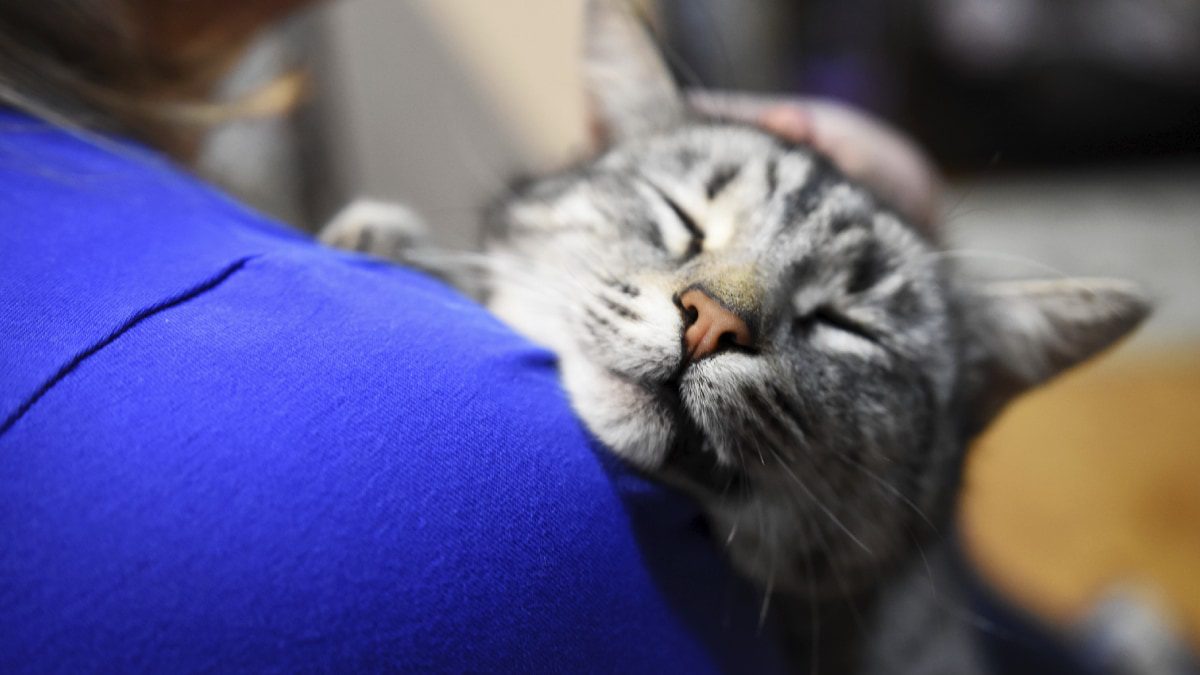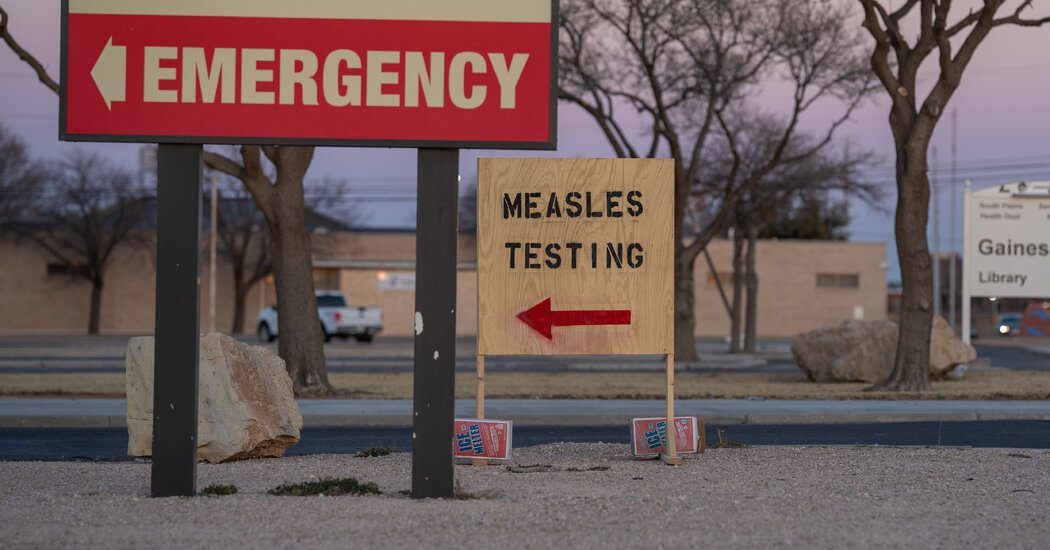
Investigation and Findings
Initial Case Identification and Health Notification
In May 2024, a 5-year-old spayed female domestic shorthair cat (cat 1A) residing exclusively indoors exhibited concerning symptoms, including reduced appetite, abnormal grooming behavior, confusion, and lethargy, leading to a decline in neurological function. On the second day of her illness, she was assessed at a local veterinary clinic, but due to worsening conditions, she was referred to the Michigan State University (MSU) Veterinary Medical Center (VMC) on day four, where she was ultimately euthanized. The cat’s owner had been in contact with dairy cattle, and given the known prevalence of highly pathogenic avian influenza (HPAI) A(H5N1) among Michigan’s dairy herds, the state veterinarian approved a necropsy at MSU’s veterinary diagnostic laboratory (VDL). Testing of brain and nasal swabs using reverse transcription–polymerase chain reaction (RT-PCR) confirmed the presence of the influenza A(H5) virus. Genetic sequencing identified the HPAI A(H5N1) virus, specifically clade 2.3.4.4b, genotype B3.13. This finding, validated by the U.S. Department of Agriculture’s National Veterinary Services Laboratories (NVSL), revealed that the virus was identical to strains found in local dairy cattle. Consequently, the identification of this virus in a domestic cat prompted the Michigan Department of Health and Human Services, alongside the Mid-Michigan District Health Department (MDHHS/MMDHD), to launch a public health investigation. This activity was conducted in accordance with applicable federal regulations and guidelines established by the CDC.
Public Health Investigation and Response — Household 1
Cat 1A was part of a household comprising two adults, including one who worked in proximity to dairy cattle from a region with confirmed cases of HPAI A(H5N1); two adolescents (adolescents 1A and 1B); and two other indoor cats (cats 1B and 1C). Four days after cat 1A fell ill, signs of watery eye discharge, rapid breathing, and reduced appetite appeared in cat 1B. Despite requests from MSU VMC for a diagnostic swab from cat 1B, the owner did not submit any samples. Fortunately, cat 1B’s symptoms resolved eleven days after cat 1A’s initial signs. When examined at MSU VMC, cat 1C showed no symptoms and tested negative for influenza A eleven days after the onset of illness in cat 1A. Notably, no other pets, either indoor or outdoor, were noted. All four household members interacted with the cats daily. Although the farm where the adult household member worked had no reported HPAI A(H5N1) cases, it was near affected farms. The worker did not handle livestock directly but maintained contact with the farm premises, where they followed protocols to remove work clothes outside before entering the home, ensuring that these items were out of reach of the cats. The household did not consume raw milk or any unpasteurized dairy products.
Veterinary examination of cat 1A revealed severe neurological signs, including confusion, abnormal cranial nerve responses, and motor dysfunction in all four limbs, along with anorexia and lethargy. Initially, the cat displayed ataxia, jaw swelling, abnormal movement, and reluctance to interact. Improvement was noticed on day three after receiving subcutaneous antibiotics; however, her condition deteriorated again by day four, leading to euthanasia.
On the eleventh day after cat 1A’s illness began, nasopharyngeal and oropharyngeal swabs were collected from three members of Household 1 (the non-farmworking adult and the two adolescents) and tested at MDHHS, returning negative results for influenza A viruses. The dairy farmworker opted out of influenza testing. Among the tested individuals, only adolescent 1A, who had no existing health issues, reported mild symptoms (cough, sore throat, headache, and muscle aches) beginning six days after cat 1A’s illness onset. The household members who underwent testing were administered a 10-day course of oseltamivir as postexposure prophylaxis (PEP) at the time of testing, while the dairy worker declined both testing and PEP. Adolescent 1B mentioned experiencing a “dry croupy” cough, which was attributed to severe allergies. Communication with public health representatives ceased before the resolution of adolescent 1B’s symptoms was confirmed. Notably, only adolescent 1A tested positive for rhinovirus/enterovirus through a multiplex PCR test conducted at MDHHS. Cat 1A’s owner, employed in dairy farming, had regular contact with both cat 1A and adolescent 1A and reported experiencing a day of vomiting and diarrhea prior to cat 1A’s illness.
Public Health Investigation and Response — Household 2
Six days after cat 1A’s referral to the MSU VMC, another cat (cat 2A), a 6-month-old intact male Maine Coon from a second household, presented direct to MSU VMC with a day-long history of worsening neurological symptoms, decreased appetite, lethargy, and facial swelling. Upon examination, cat 2A was found to be lethargic, displaying cranial nerve abnormalities, decreased motor function, facial puffiness, and minimal movement, ultimately succumbing to illness within 24 hours. Cat 2A lived with another indoor cat (cat 2B) and its owner, a dairy farm worker. Testing of nasal swabs from cat 2A at MSU’s VDL, one day after onset of symptoms, yielded positive results for influenza A viruses, confirmed to be HPAI A(H5N1) virus, clade 2.3.4.4b, genotype B3.13 by the USDA’s NVSL. Cat 2B showed no signs of illness and tested negative for influenza A viruses. The owner of cat 2A transported unpasteurized milk from various farms in a region where dairy cattle were confirmed to have HPAI A(H5N1). They did not utilize personal protective equipment (PPE) while handling raw milk, reported frequent splashes of milk to the face and clothing, and did not change work clothes before entering the home. Cat 2A appeared to roll around in the owner’s work clothes, contrasting with cat 2B, which did not exhibit similar behavior. The owner reported experiencing eye irritation two days prior to the onset of illness in cat 2A but did not experience any further symptoms. They declined influenza testing and PEP, citing concerns about potential repercussions for their employment related to communicating with health officials.
Screening and Testing of Veterinary Personnel
Veterinary staff who treated the infected felines at either the local veterinary practice or MSU VMC were contacted and placed under monitoring by public health authorities for ten days following their last exposure. A total of 24 veterinary staff members—including one veterinarian, five nurses, three technicians, five assistants, two caregivers, three interns, and five students—were potentially exposed to the sick cats. Out of these, 18 (75%) were monitored, but due to limited exposure, were not offered PEP. Protocols for PPE are firmly established for all cases managed in MSU VMC’s isolation unit and laboratory settings. Recommended PPE for HPAI A(H5N1) includes a Tyvek suit, boot covers, nitrile gloves, a surgical head cover, and a face mask. Initial encounters involved surgical masks whereas N95 masks were utilized in subsequent interactions. Various levels of PPE adherence were noted among veterinary staff, from using only gloves to fully compliant use of PPE. Laboratory personnel utilize either powered air-purifying respirators or N95 masks. Among seven individuals who reported having symptoms post-exposure, including four with nasal congestion and three with headaches, five opted for testing, all of whom received negative influenza A RT-PCR results.









